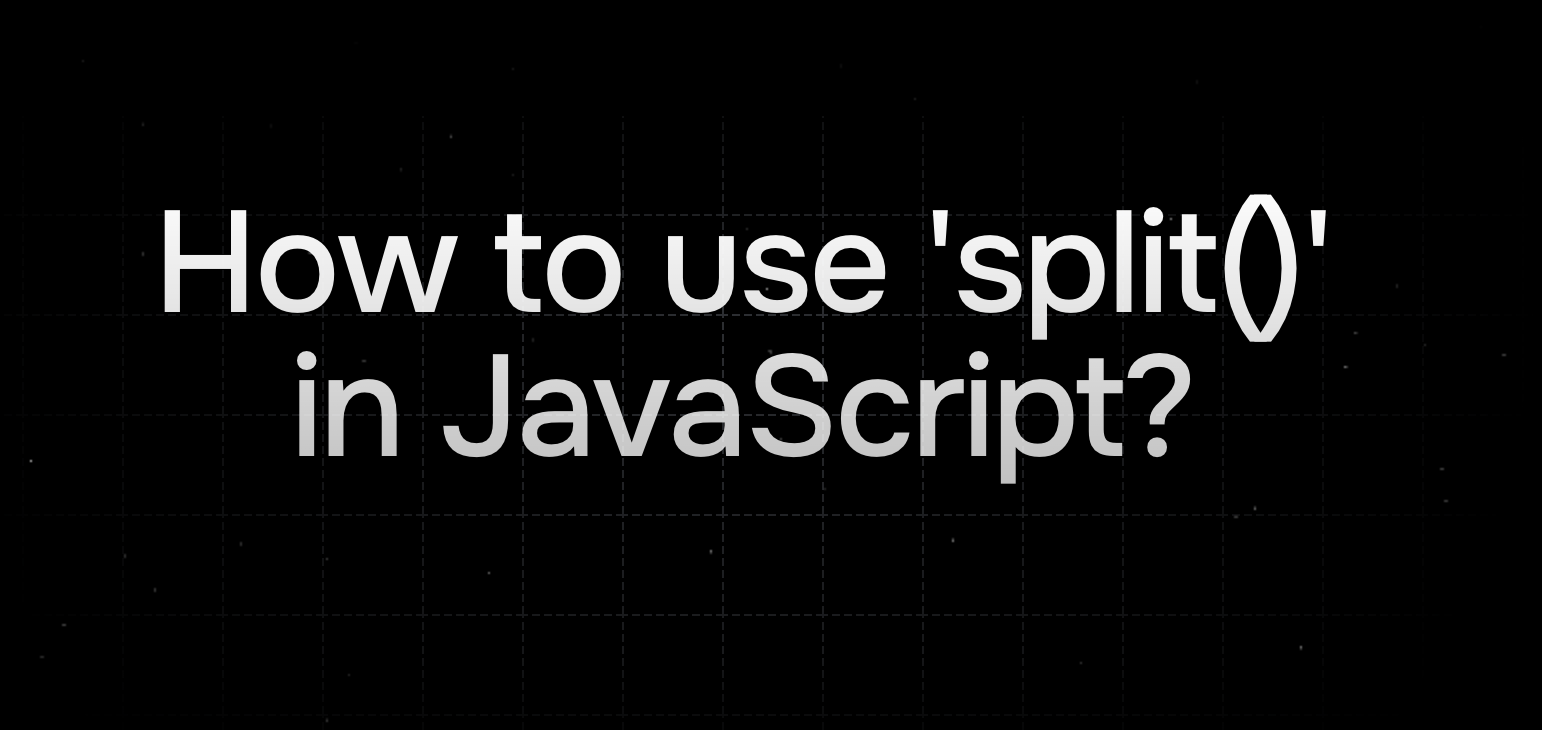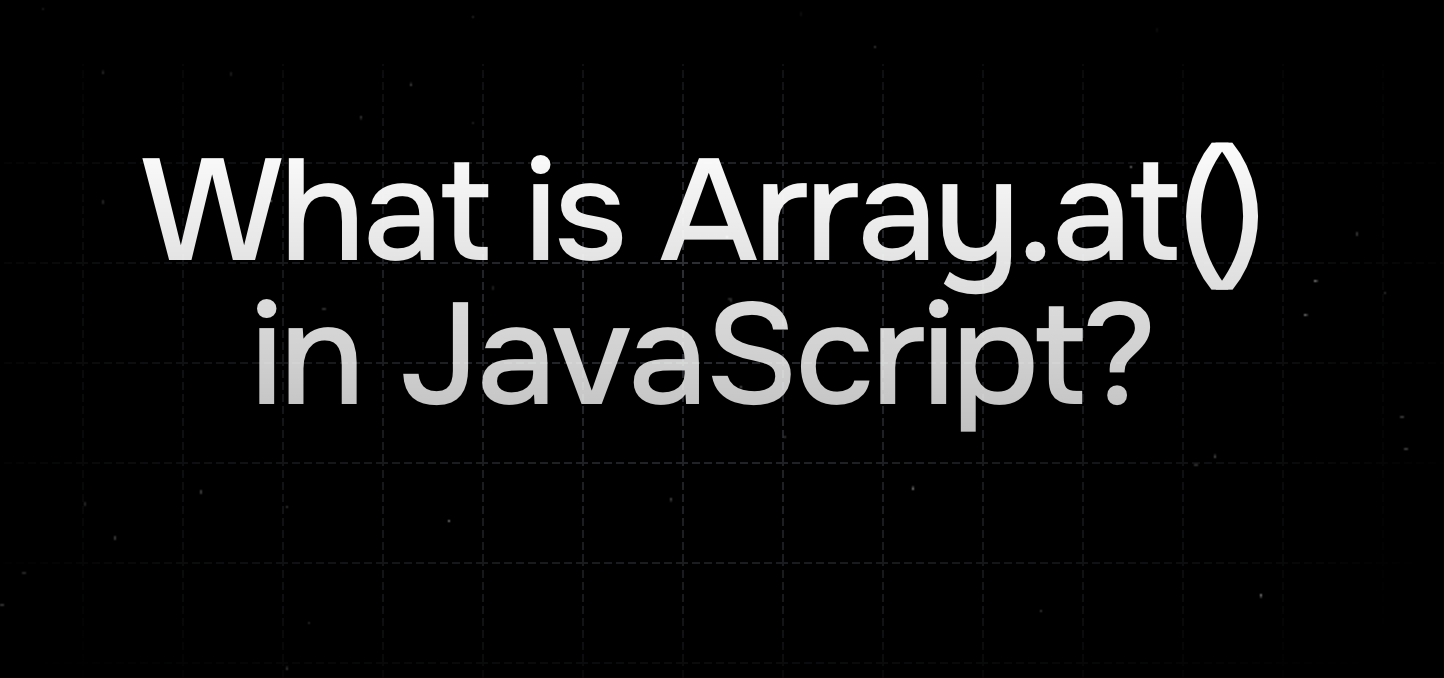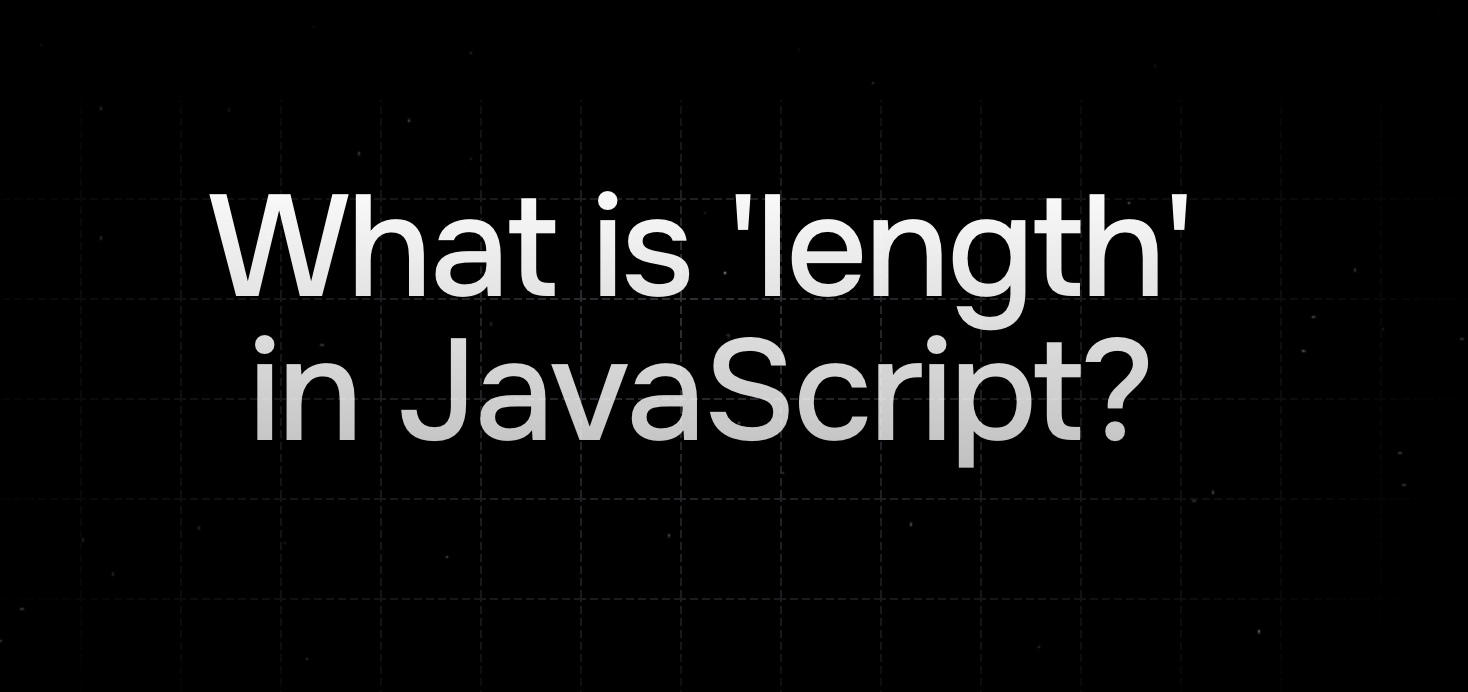How to Use the Some Method in JavaScript - A Complete Guide with Examples
Learn how to use the some method in JavaScript to check if at least one element in an array satisfies a condition. This guide provides practical examples, step-by-step explanations, and real-world use cases.
 Logan Ford
Logan FordWhat is the Some Method in JavaScript?
The some method in JavaScript is a powerful array method that checks if at least one element in an array satisfies a provided condition. It returns a boolean value: true if at least one element meets the condition, and false otherwise. This method is particularly useful for validation, filtering, and conditional checks in your code.
1const numbers = [1, 2, 3, 4, 5];2const hasEvenNumber = numbers.some(num => num % 2 === 0);3console.log(hasEvenNumber); // true
In this example, we are checking if the array numbers contains at least one even number. The some method takes a callback function as an argument. This function is executed for each element in the array until it finds an element that satisfies the condition.
1Array.some(callback(element[, index[, array]])[, thisArg])
The syntax for the some method is straightforward. Here's a breakdown:
- Array: This is the array you want to check.
- some: This is the method used to check the array.
- callback: This is the function that tests each element. It takes three arguments:
element: The current element being processed in the array.index(optional): The index of the current element being processed.array(optional): The arraysomewas called upon.
- thisArg (optional): Value to use as
thiswhen executing the callback.
The callback function should return a boolean value. If it returns true for any element, some immediately returns true. If it returns false for all elements, some returns false.
Here's the syntax again for reference:
1Array.some(callback(element[, index[, array]])[, thisArg])
The some method is a versatile tool for checking conditions in arrays. It's used in modern web applications for:
- Validating form inputs
- Checking user permissions
- Filtering data
- Implementing search functionality
Let's explore some real-world examples that you'll likely encounter in your development journey.
Example 1 - Checking for Even Numbers
1// Checking for even numbers2const numbers = [1, 2, 3, 4, 5];3const hasEvenNumber = numbers.some(num => num % 2 === 0);4console.log(hasEvenNumber); // true
Let's break down what's happening in this example step by step:
-
First, we have an array of numbers called
numbers. -
We use the
somemethod to check if there is at least one even number in the array. Here's how it works:- The callback function
num => num % 2 === 0is used to check if a number is even. - If the function returns
truefor any element,somereturnstrueimmediately. - If the function returns
falsefor all elements,somereturnsfalse.
- The callback function
This is a common real-world example of using some to check for a condition in an array.
Example 2 - Checking for a Specific String
1// Checking for a specific string2const fruits = ['banana', 'apple', 'cherry', 'date'];3const hasApple = fruits.some(fruit => fruit === 'apple');4console.log(hasApple); // true
Let's break down this example step by step:
-
We start with an array of strings called
fruits. -
We use the
somemethod to check if the array contains the string 'apple'. The callback functionfruit => fruit === 'apple'checks each element for the string 'apple'.
This is a common real-world example of using some to check for the presence of a specific string in an array.
Example 3 - Checking Objects for a Property
1// Checking objects for a property2const people = [3{ name: 'Alice', age: 25 },4{ name: 'Bob', age: 30 },5{ name: 'Charlie', age: 20 }6];78const hasPersonUnder25 = people.some(person => person.age < 25);9console.log(hasPersonUnder25); // true
In this example, we are checking if there is at least one person under the age of 25 in the array of objects.
Let's break down what's happening in this example step by step:
- We start with an array of objects called
people. Each object represents a person with two properties:name: The name of the personage: The age of the person
- We use the
somemethod to check if there is at least one person under the age of 25. The callback functionperson => person.age < 25checks each object'sageproperty.
This is a common real-world example of using some to check for a condition in an array of objects.
Practice Questions
It's best to try and solve questions related to the topic you are learning. Below are a set of practice coding challenges to help you understand how to use some in JavaScript.
They are real-world examples of potential problems you might encounter in your day to day work.
How to Detect "Click and Subscribe" Patterns in Text Using JavaScript Array Methods
Check If Any Element Matches a Condition
Additional Resources
- MDN Web Docs - Array.prototype.some()
- JavaScript.info - Array methods
- React Documentation - Thinking in React (for seeing
somein action with React)
Common Interview Questions
- How would you use
someto implement a custom condition check? - Can you explain the difference between
someandevery? - What happens if you don't provide a callback function to
some?
Keep practicing and experimenting with some - it's one of the most versatile array methods in JavaScript!
Learn to code, faster
Join 650+ developers who are accelerating their coding skills with TechBlitz.
Read related articles

How to use split() in JavaScript
Understand how to use split() in JavaScript to break strings into arrays fo...
 Logan Ford
Logan Ford
What is array.at() in JavaScript?
Discover how array.at() makes working with arrays in JavaScript more intuit...
 Logan Ford
Logan Ford
What is length in JavaScript?
Learn how to effectively use JavaScript's length property to work with stri...
 Logan Ford
Logan Ford